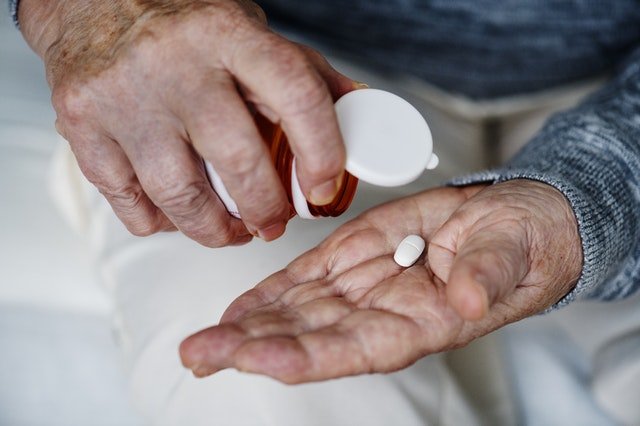
In a recent study, researchers have discovered a powerful pain reliever that acts on a pain pathway previously unknown.
The synthetic compound is called UKH-1114. It is effective at reducing neuropathic pain in injured mice.
This compound could relieve pain as a widely used drug for pain relief gabapentin.
The advantage of UKH-1114 is that it can relieve pain at a much lower dose and the effect can last much longer.
The study was conducted by researchers from The University of Texas at Austin.
Currently, about a third of Americans suffer from chronic pain, but the most effective pain relievers—opioids—are addictive and often require increased dosing gradually.
Opioid addiction currently influences about 2 million people in the U.S.
To avoid opioid addiction, doctors sometimes prescribe alternatives, such as gabapentin, or Neurotin, for pain relief.
But this drug has a disadvantage – it can cause cognitive impairment in some patients.
That is why the current finding of the study is so important.
In the study, the team found that the compound UKH-1114 binds to a receptor on cells throughout the central nervous system called the sigma 2 receptor.
Although sigma 2 was discovered 25 years ago, scientists still did not know its function until now.
The research team tested UKH-1114 on mice with nerve damage.
They found that it alleviated pain as well as gabapentin, but at a much lower dose (16% as much) and was effective much longer (lasting for a couple of days, compared with 4 to 6 hours).
These results show that the Sigma 2 receptor may be a target for treating neuropathic pain. It is in line with an earlier study, which described the molecular cloning and identification of the sigma 2 receptor.
Now scientists are working to understand how activating the sigma 2 receptor can relieve neuropathic pain.
Neuropathic pain, or chronic pain, is caused by damaged nerves in the central nervous system.
Among other things, it can result from chemotherapy, diabetes, and injuries to the brain or spinal cord.
The researchers suggest that much work remains to be done before UKH-1114 can enter the market.
For instance, more studies are needed to demonstrate its safety, efficacy, and oral bioavailability.
These tests could last several years, and if successful, they could help solve opioid addiction, today’s biggest public health problem.
Many people think that opioid addiction is just a psychological disorder and that people who are dependent simply need better willpower.
But the truth is that opioid addiction alters brain functioning, causing chronic and lasting changes in the brain reward system.
Treating opioid addiction needs medication and is not easy. Research shows that Buprenorphine and methadone are such medications and they can provide relief from withdrawal symptoms.
The study was published in the journal ACS Chemical Neuroscience.
Copyright © 2018 Knowridge Science Report. All rights reserved.



